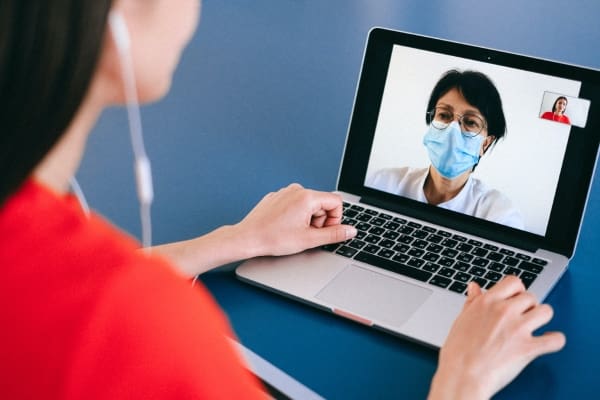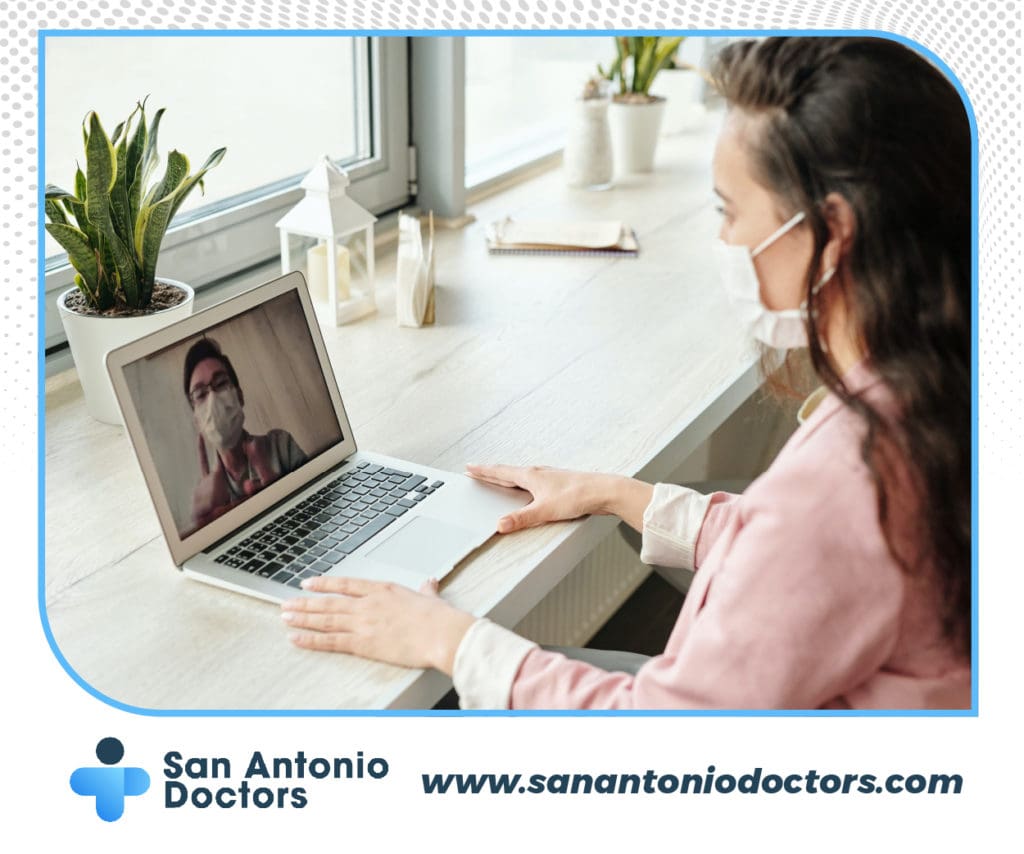
Teledentistry, or remote dental care, is revolutionizing the dental industry by increasing access to care and improving patient outcomes. With the help of technology, patients can receive dental consultations, diagnoses, and treatment plans from the comfort of their own homes. This innovative approach to dental care is particularly beneficial for patients who live in rural or remote areas, have mobility issues, or have difficulty finding time to visit a dental office.
Teledentistry has become increasingly popular in recent years, especially during the COVID-19 pandemic. With the need for social distancing and limited in-person appointments, teledentistry has provided a safe and effective alternative for patients to receive dental care. Additionally, teledentistry has been shown to reduce costs for both patients and dentists, as it eliminates the need for travel and reduces overhead expenses.
The use of teledentistry has been endorsed by the American Dental Association, which recognizes its potential to extend the reach of dental professionals and increase access to care. As technology continues to advance, the benefits of teledentistry are only expected to grow, making it an important tool in the future of dental care.
The Benefits of Teledentistry
Teledentistry is a rapidly growing field that has revolutionized the dental industry. It is the remote facilitating of dental treatment, guidance, and education via the use of information technology instead of direct face-to-face contact with patients. It offers a range of benefits to patients and dental professionals alike. Let’s take a closer look at some of the key benefits of teledentistry.
Improved Access to Care
Teledentistry has the ability to improve access to oral healthcare, particularly in remote areas and underserved populations. It provides a convenient and affordable way for patients to receive dental care without having to travel long distances or take time off work. This is especially important for patients who have difficulty accessing dental care due to mobility issues, transportation problems, or a lack of available dental providers in their area.
Convenience and Efficiency
Teledentistry offers a high level of convenience and efficiency for both patients and dental professionals. It allows patients to schedule appointments at a time that is convenient for them, without having to take time off work or travel to a dental office. It also allows dental professionals to see more patients in less time, as they can consult with patients remotely and quickly review digital imaging and radiographs.
Remote Consultations and Treatment Planning
Teledentistry allows for remote consultations and treatment planning, which can save patients time and money. Patients can receive a diagnosis and treatment plan without having to leave their home, and dental professionals can quickly and easily transfer dental information and treatment plans electronically.
Patient Care and Experience
Teledentistry can improve the quality of patient care and experience. Patients can receive preventive care, follow-up care, and treatment for minor dental issues remotely, which can help prevent more serious dental problems from developing. It also allows for more frequent patient monitoring and compliance, as patients can easily communicate with their dental professional and receive reminders about their dental care.
Security and Privacy
Teledentistry is a secure and private way for patients to receive dental care. Dental professionals can ensure that patient data is protected and secure, and patients can rest assured that their personal information is kept confidential.
In summary, teledentistry offers a range of benefits to patients and dental professionals alike. It improves access to care, provides convenience and efficiency, allows for remote consultations and treatment planning, improves patient care and experience, and ensures security and privacy.
Teledentistry During the COVID-19 Pandemic
The Impact of the Pandemic on Dental Practices
The COVID-19 pandemic has had a significant impact on dental practices worldwide. Due to the highly contagious nature of the coronavirus, dental clinics have been forced to limit face-to-face interactions with patients to prevent the spread of the virus. This has resulted in the closure of many dental practices, leaving patients with limited access to dental care.
In addition, urgent care centers have been overwhelmed with COVID-19 patients, making it difficult for patients with dental emergencies to receive the care they need. The pandemic has also caused a significant reduction in patient visits to dental clinics due to fear of contracting the virus, resulting in a decline in revenue for dental practices.
The Role of Teledentistry in Patient Care During the Pandemic
Teledentistry has emerged as a valuable tool for dental practices during the COVID-19 pandemic. Teleconsultation, telediagnosis, teletriage, and telemonitoring are subunits of teledentistry that have important functions relevant to dental practice. With teledentistry, dental professionals can provide remote dental care, guidance, and education to patients via the use of information technology instead of direct face-to-face contact.
Teledentistry has been particularly useful for triage, follow-up, and non-procedural care during the pandemic. Patients can receive consultations and referrals remotely, reducing the need for face-to-face interactions and minimizing the risk of transmission of the virus. Teledentistry has also enabled dental professionals to monitor patients remotely, ensuring that patients receive the care they need while minimizing the risk of exposure to the virus.
In addition, teledentistry has been instrumental in patient education during the pandemic. Dental professionals can use telecommunication technology to share live video between patients and healthcare workers, providing patients with the information they need to maintain good oral health during these challenging times.
Overall, teledentistry has played a critical role in ensuring that patients have access to dental care during the COVID-19 pandemic. With the help of teledentistry, dental professionals can provide remote patient monitoring, triage, and education, reducing the need for face-to-face interactions and minimizing the risk of transmission of the virus.
Conclusion
In conclusion, teledentistry is a rapidly growing field that is revolutionizing the dental industry. Through its use, patients can receive remote dental care, including consultations, diagnoses, and treatment plans, without having to leave their homes. This is particularly beneficial for patients in underserved areas who may not have access to traditional dental care.
The literature review shows that teledentistry can provide cost savings for both patients and dental practices. By reducing the need for in-person visits and travel, teledentistry can help patients save money on transportation and time off work. Dental practices can also save on overhead costs, such as rent and staff salaries.
Teledentistry can also provide a more efficient and convenient way for patients to receive dental treatments. Patients can receive consultations and diagnoses remotely, and dental practices can provide treatment plans and prescriptions electronically. This can save time for both patients and dental practices, and can also help to reduce the risk of infection during in-person visits.
While teledentistry is not a replacement for in-person dental care, it can be a valuable tool for both patients and dental practices. Through its use, patients can receive the care they need, regardless of their location, and dental practices can provide a more efficient and cost-effective way to deliver dental care. As the field of teledentistry continues to grow, we can expect to see even more benefits and advancements in the future.



